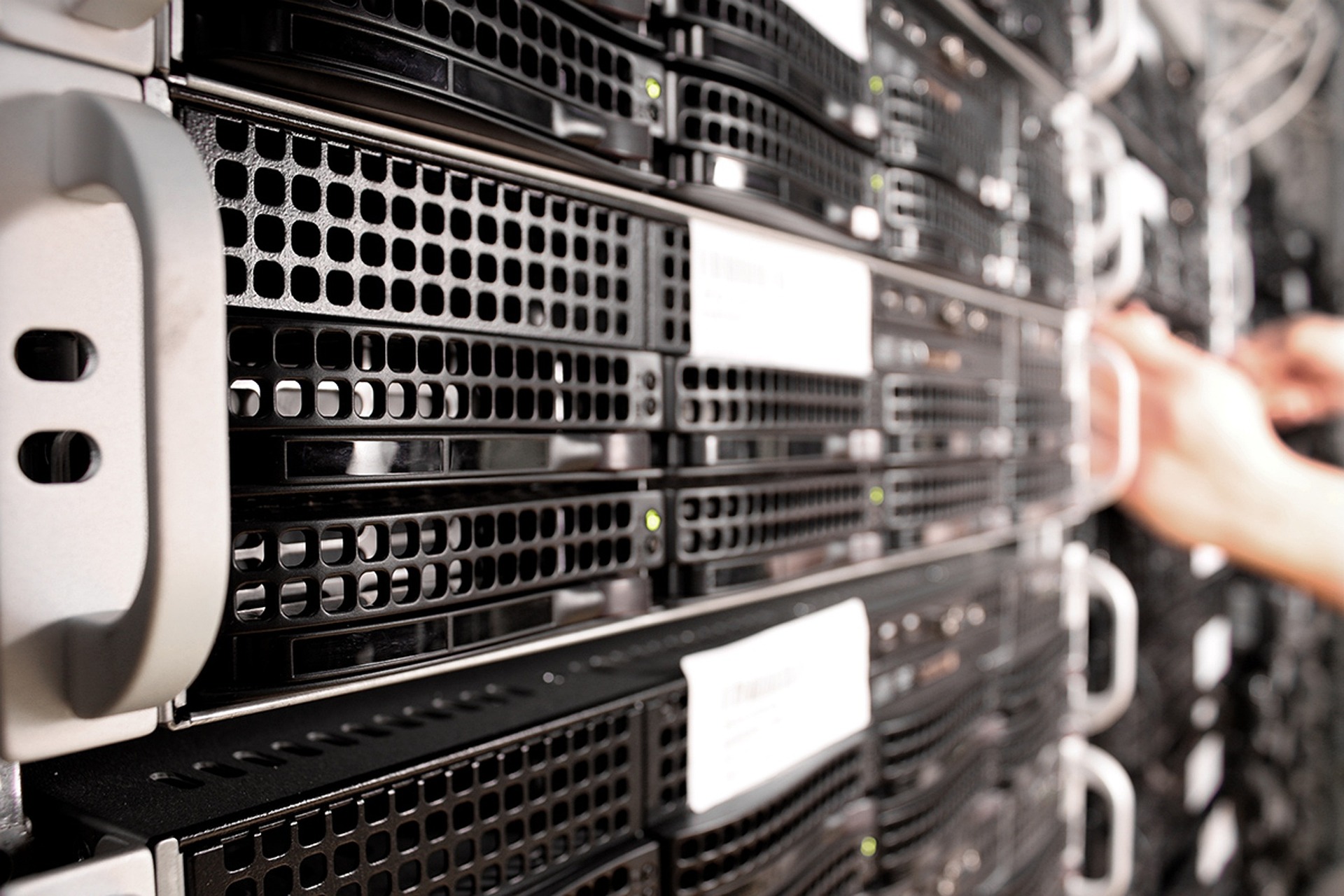In today’s digital landscape, website speed is paramount. Not only does it enhance user experience, but it also plays a crucial role in search engine optimization (SEO). For WordPress users, optimizing server configuration is vital to achieve the best performance. This article will delve into various strategies for server speedup, providing insights for server hosting providers, IT workers, digital nomads, freelancers, and WordPress enthusiasts.
Understanding the Importance of Server Speed
- The Impact on User Experience
Website visitors have little patience for slow-loading pages. Research shows that a delay of just a few seconds can significantly increase bounce rates. A faster server ensures that users can access your content quickly, leading to higher engagement and retention.
- SEO Benefits
Google and other search engines prioritize fast-loading websites. A site that loads quickly is more likely to rank higher in search results. This means optimizing your server configuration not only improves user experience but also enhances your site’s visibility.
- Conversion Rates
A faster website can lead to improved conversion rates. Whether you’re selling products or generating leads, users are more likely to complete transactions or sign up when they don’t have to wait for pages to load.
Key Factors Affecting Server Speed
Before diving into optimization strategies, it’s important to understand the factors that influence server speed:
Server Location: Proximity to users can impact loading times.
Server Type: Shared, VPS, or dedicated servers have different performance characteristics.
Resource Allocation: CPU, RAM, and bandwidth availability can affect how quickly your server responds to requests.
Configuration Settings: Settings related to caching, compression, and security can optimize or hinder performance.
Optimization Strategies
- Choose the Right Hosting Plan
The first step in optimizing server speed is selecting an appropriate hosting plan. Here’s a breakdown:
Shared Hosting: Cost-effective but often slower due to shared resources.
VPS Hosting: Offers more resources and control, suitable for growing sites.
Dedicated Hosting: Best performance, but more expensive; ideal for high-traffic sites.
Managed WordPress Hosting: Specifically optimized for WordPress, typically includes caching and other speed enhancements.
- Optimize Server Configuration Settings a. Enable Caching
Caching can dramatically speed up your WordPress site by storing static versions of your pages. Consider using caching plugins like W3 Total Cache or WP Super Cache. Additionally, configuring server-level caching (like Varnish) can provide further performance gains.
b. Use Content Delivery Networks (CDNs)
CDNs distribute your content across multiple servers worldwide, allowing users to access your site from the nearest location. This reduces latency and improves loading times. Popular CDNs include Cloudflare and Amazon CloudFront.
c. Implement Gzip Compression
Gzip compression reduces the size of your files, leading to faster load times. Ensure your server is configured to enable Gzip for HTML, CSS, and JavaScript files. Most modern servers support this, and it can be easily configured in the .htaccess file or server settings.
- Optimize Database Performance
WordPress relies on a database to store content and settings. Optimizing this can lead to significant speed improvements:
Database Optimization Plugins: Use plugins like WP-Optimize to clean up and optimize your database regularly.
Limit Post Revisions: Reducing the number of post revisions can decrease database size.
Regular Backups: Ensure your database is regularly backed up to prevent data loss and maintain performance.
- Use the Latest PHP Version
Running the latest version of PHP can greatly improve your site’s performance. PHP 7 and above offer substantial speed improvements over older versions. Check with your hosting provider to ensure you are using the latest stable release.
- Optimize Image Sizes
Images can be a significant factor in slow load times. Use the following techniques:
Image Compression: Utilize plugins like Smush or ShortPixel to compress images without sacrificing quality.
Responsive Images: Ensure your images are responsive, serving appropriately sized images for different devices.
- Minimize HTTP Requests
Every element on your page (images, scripts, stylesheets) requires an HTTP request. Reducing the number of requests can speed up load times:
Combine Files: Merge CSS and JavaScript files to minimize the number of requests.
Use Sprites for Images: Combine multiple images into a single file and use CSS to display them.
- Optimize DNS Resolution
DNS resolution can add to your load time. Consider the following strategies:
Use a Fast DNS Provider: Select a reputable DNS provider known for speed, such as Cloudflare or Google DNS.
Reduce TTL Values: Lower Time-to-Live (TTL) settings can speed up DNS caching, though they should be balanced with stability needs.
- Monitor Server Performance
Regular monitoring can help identify performance issues. Tools like GTmetrix, Pingdom, and Google PageSpeed Insights can provide insights into load times and performance bottlenecks. Use these tools to track improvements and adjust configurations as needed.
Conclusion
Optimizing your server configuration for WordPress speed is a multifaceted process that requires careful planning and execution. By choosing the right hosting plan, fine-tuning server settings, leveraging caching, and regularly monitoring performance, you can significantly enhance your site’s speed. This, in turn, will lead to improved user experience, higher search engine rankings, and better conversion rates. Whether you’re a server hosting provider, IT worker, digital nomad, freelancer, or WordPress enthusiast, implementing these strategies will ensure your website runs at peak performance.
